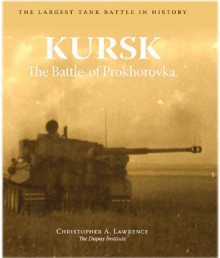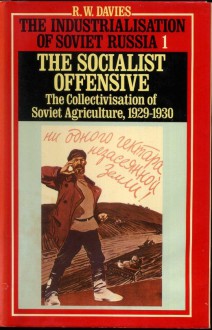
It is possible to write an all-encompassing history of a subject, particularly when that subject is the largest battle in human history? This is the question that Christopher Lawrence's mammoth book on the battle of Kursk seeks to address. It is a massive tome of a book, coming in at a little under 1700 pages of multi-columned text generously supplemented by maps and statistical tables, all of which reflect the nearly quarter-century of labor the author and his associates put into compiling every available bit of data. This Lawrence then employs to parse the chaotic events of July and August 1943 in order to construct a comprehensive description of the battle. This is no small feat, and on its own deserves respect.
Lawrence's efforts are tinged with a degree of irony, for one of the points that emerges early on is that, for all its scale, the battle was in some respects anticlimactic. As he explains, the battle of Stalingrad forced a fundamental reconsideration of Germany's strategic goals on the Eastern Front, as it was uncomfortably apparent that with the destruction of the Sixth Army Germany no longer had the forces necessary to defeat the Soviet Union. With the prospect of a second front in France looming, German planners knew that 1943 would be the last year in which they could design a campaign without worrying about splitting finite resources with their comrades in the west. Yet the best that could be hoped for now was a stabilization of the front and consolidation of Germany's gains. An outright Soviet defeat was simply not possible anymore.
The strained German resources helped determine Germany's focus on the Kursk salient, as collapsing it would help the Germans to consolidate their lines. This was also obvious to Soviet leaders, who began concentrating their forces in the area as well. Thus when the Germans launched their offensive on July 5, their territorial gains were not followed up by the breakthrough that had characterized previous Wehrmacht offensives. Moreover, once the Soviets counter-attacked a week later, it was the German armies which suffered massive casualties and which were forced to retreat, signalling an end to the last major strategic offensive on the Eastern Front and the surrendering of the initiative to the Soviets.
Lawrence relates this in a book rich with detail. While incorporating the strategic dimension and quoting freely from personal accounts collected in the decades that followed the war, his focus is primarily operational, as he recounts the movement of units and their engagement in combat. Nor is his account focused on the ground war along, as his chapters on the fighting in the skies above explain the impact of the air campaign upon the battle for both sides. Throughout he engages in asides that offer brief biographical portraits of the main figures and consideration of longstanding issues about the weapons and their roles in deciding victory. Though the sheer mass of it can be daunting, this is an absolute must-read for anyone with a desire to learn about this battle in nearly every detail, with an analysis of the fighting that will factor into every subsequent study of the conflict. Just be sure to lift it with your legs.

 Log in with Facebook
Log in with Facebook 









